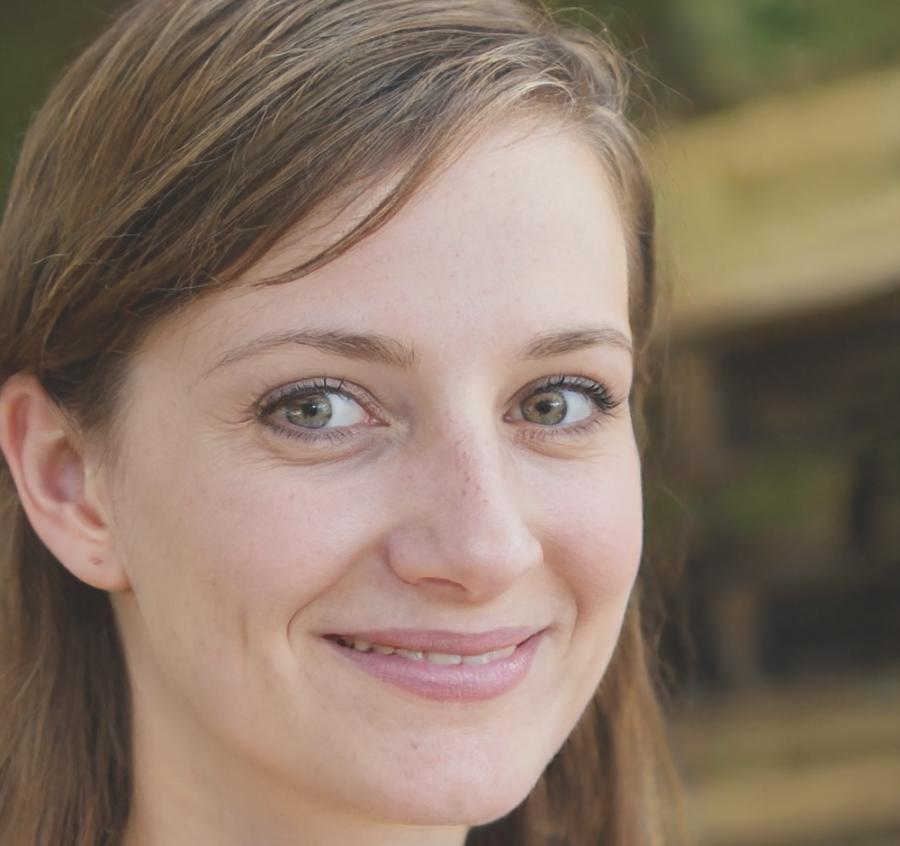Teaching Methods That Actually Stick
Look, most finance training feels like reading instruction manuals in the dark. We built something different here. Our methods focus on how people actually learn to manage contingency budgets when things go sideways—and in Thailand's market, things always go sideways.
Scenario-First Learning
Here's what we figured out after years of watching students glaze over during theory sessions: nobody remembers abstract concepts. They remember the time they had to restructure a quarterly budget because a supplier doubled their prices overnight.
So we start there. Every session begins with a real scenario that happened to someone in this room or someone we've worked with. Last month, we walked through a manufacturing client's response to unexpected regulatory changes that ate 18% of their operating budget. Students didn't just learn theory—they saw how panic decisions versus planned responses played out in actual baht.
Real cases from Thailand's market over the past three years
Students work with actual numbers and constraints from those situations
We compare what happened versus what could have happened

How We Structure Sessions
We tried the traditional lecture format. Honestly, it was awful. People checked their phones, nodded politely, then went back to their offices and did everything the old way. So we rebuilt the entire approach around active engagement.
Problem Drop
First 15 minutes: here's a mess. A company in Phitsanulok just discovered their contingency fund won't cover the crisis they're facing. What do you do right now? Students work in pairs, no lectures yet.
Framework Build
Now we talk about why certain approaches work better. We introduce tools and frameworks, but students already have context from wrestling with the problem. The concepts land differently when you've already felt the pain.
Revision Round
Back to the original problem with new tools. Students redo their initial approach and see how framework application changes outcomes. This is where learning actually happens—when you spot your own gaps.
Variation Practice
Same framework, different crisis. We throw curveballs: what if the timeline shrinks by half? What if you're working with a family business versus a corporate structure? Pattern recognition builds through repetition with variation.
Peer Review
Students present their solutions to each other, not just to us. Explaining your thinking to peers forces clarity. And honestly, sometimes students catch things we miss because they're closer to current market conditions.
Implementation Plan
Before anyone leaves, they write down three specific things they'll change in their current work based on today's session. Not someday—specific actions for next week. Vague intentions don't create change.
Who Teaches These Sessions
We don't hire career academics. Every instructor has managed actual contingency situations where getting it wrong meant serious consequences. That experience shapes how they teach.

Krit Prasert
Budget Crisis Management
Spent eight years managing contingency planning for manufacturing operations. Krit teaches our rapid response modules because he's actually rebuilt budgets during currency fluctuations and supply chain breakdowns.

Siriporn Chaiwong
Preventive Planning Systems
Built contingency frameworks for three different industries over twelve years. Siriporn's strength is helping students see warning signs before crises fully develop—her sessions focus on early intervention strategies.

Narisa Bunnak
Stakeholder Communication
Worked in corporate finance where explaining budget changes to executives and boards was part of daily life. She teaches the human side—how to present contingency needs when people don't want to hear about problems.
How Learning Progresses
We structure programs around building capability over time, not cramming information into compressed schedules. Most students work through our core framework across several months while applying concepts to their current roles.

Foundation Phase
First six weeks focus on core contingency concepts and assessment methods. Students learn to identify their current budget vulnerabilities and quantify potential impacts. Most people discover they've been underestimating their exposure.
Application Phase
Weeks seven through fourteen involve applying frameworks to students' actual work situations. We work through real budgets from their organizations, identifying specific improvements. This is where theory becomes practical skill.
Advanced Scenarios
Final six weeks tackle complex situations: multiple simultaneous crises, stakeholder conflicts, resource constraints. Students who complete this phase can handle most contingency situations without external support.